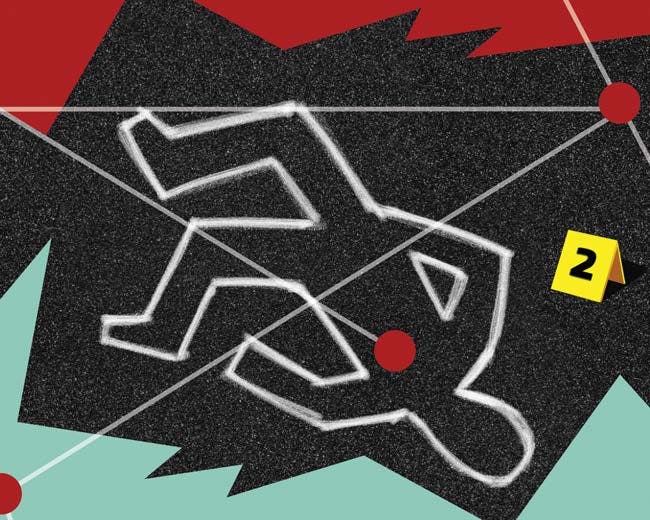
Connecting the Dots
The Frye Standard
To Tell the Truth
In November 1920, Dr. Robert Brown, a prominent doctor in Washington, DC, was killed in his home. Sixteen months later, police arrested and charged James Alphonso Frye for the murder. Frye initially confessed to the crime, but later changed his story.
With a shaky alibi and a confession on record, Frye’s lawyers brought in Professor William Marston, a Harvard-trained lawyer and psychologist, to administer a lie detector test. According to Marston, Frye passed the test: he did not kill Dr. Brown.
At Frye’s trial that summer, the judge refused to admit Dr. Marston’s testimony, citing a lack of scientific rigor in Marston’s published reports about his test. The jury found Frye guilty of second-degree murder. While Frye began serving a life sentence, his lawyers filed an appeal centered on the admissibility of Professor Marston’s lie detector test results.
Twilight Zone
The U.S. District of Columbia Court of Appeals affirmed the trial court’s ruling. The three-judge panel concluded that William Marston’s lie detector test had not yet “gained such standing and scientific recognition” to admit results from the test as evidence in court.
The judges didn’t specify when a scientific discovery becomes recognized. Instead, they offered a general guideline:
“Just when a scientific principle or discovery crosses the line between the experimental and demonstrable stages is difficult to define. Somewhere in this twilight zone the evidential force of the principle must be recognized, and while courts will go a long way in admitting expert testimony deduced from a well-recognized scientific principle or discovery, the thing from which the deduction is made must be sufficiently established to have gained general acceptance in the particular field in which it belongs.”
This “general acceptance standard” or “Frye test” became the guiding principle for admitting scientific evidence into courts for the next 70 years. Trial judges relied on independent experts to determine general acceptance.
Wonder Woman
James Alphonso Frye was paroled in 1939 after serving 18 years in prison. He spent the rest of his life seeking a pardon to clear his name. He never succeeded. He died in 1953 at the age of 58.
William Marston left academia in 1928 and lived in an unusual relationship with both his wife and mistress. He found work in Hollywood as a consulting psychologist at Universal Pictures and became widely known as a popularizer of his lie detector test, even appearing in advertisements for razor blades.
In 1941, Marston began working at DC Comics where he would achieve lasting fame as the creator of “Wonder Woman” under the pseudonym Charles Moulton. He claimed Wonder Woman’s magic lasso was not inspired by his work with lie detectors. Rather, it was a “symbol of feminine charm” that got people to tell the truth.
Results from lie detector tests have yet to be admitted into courts. Instead, juries continue to be charged with gauging the truthfulness of witnesses.
